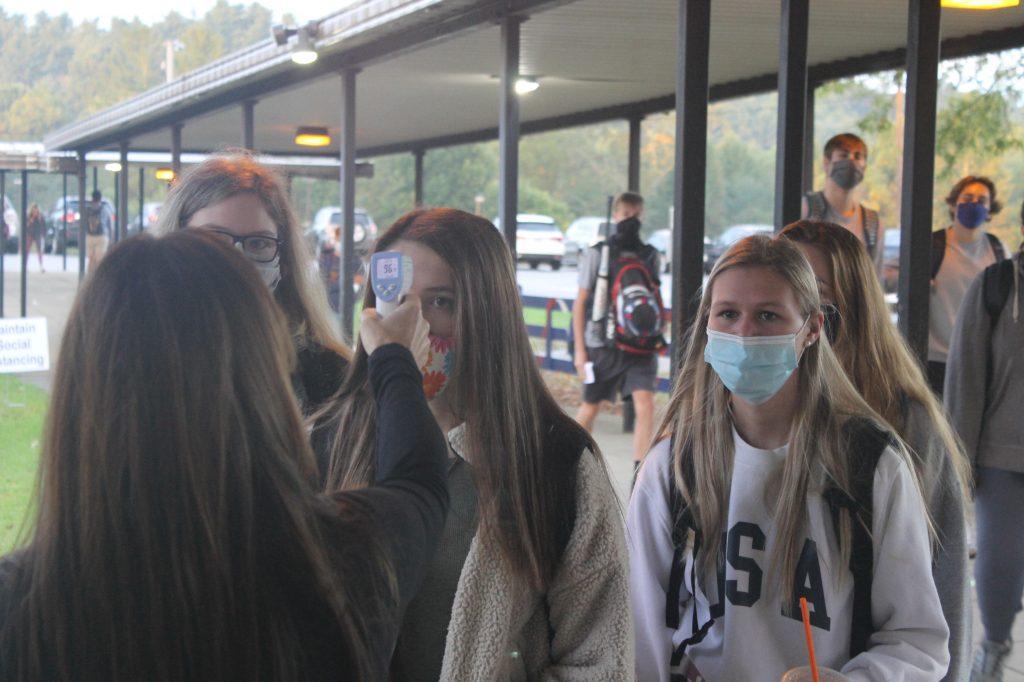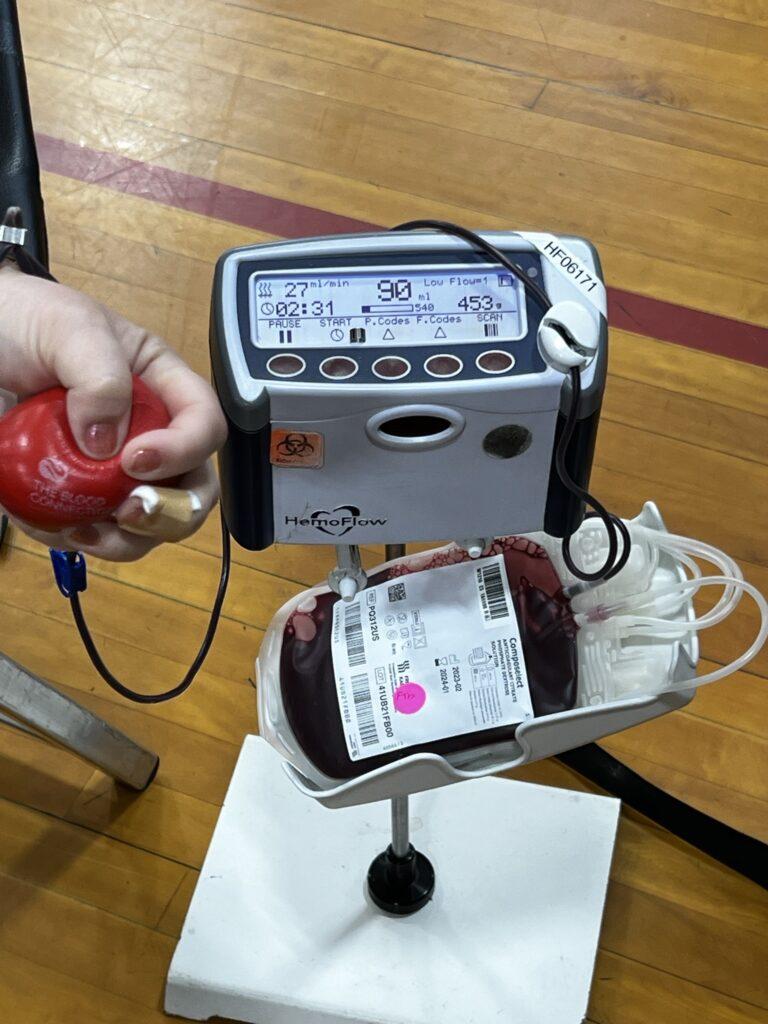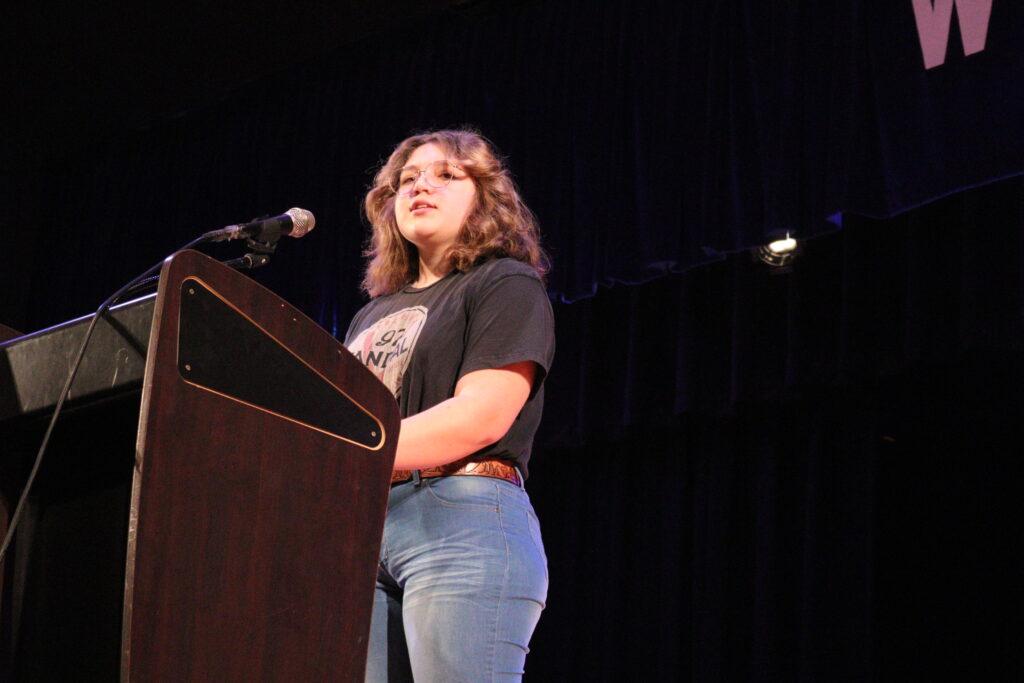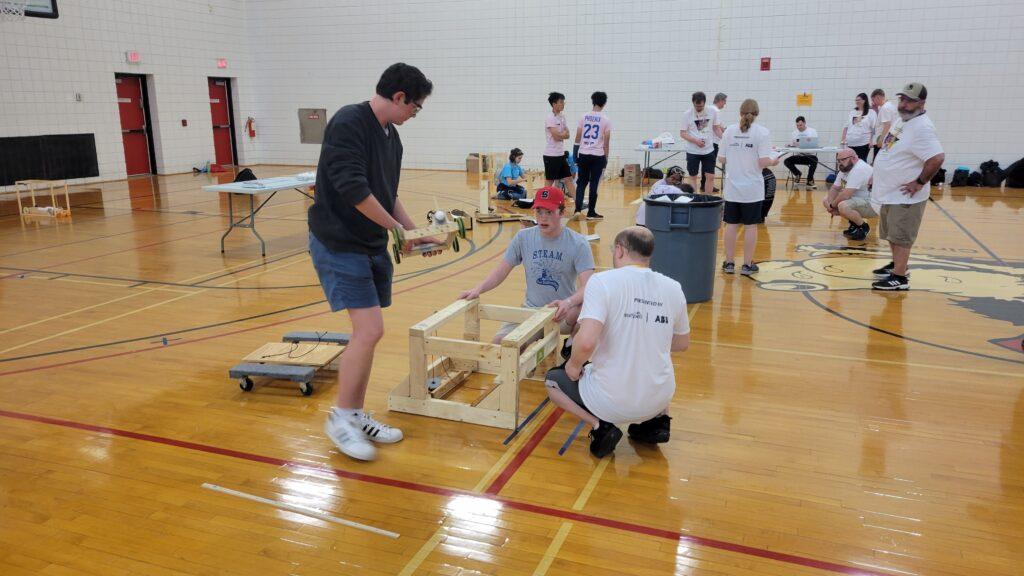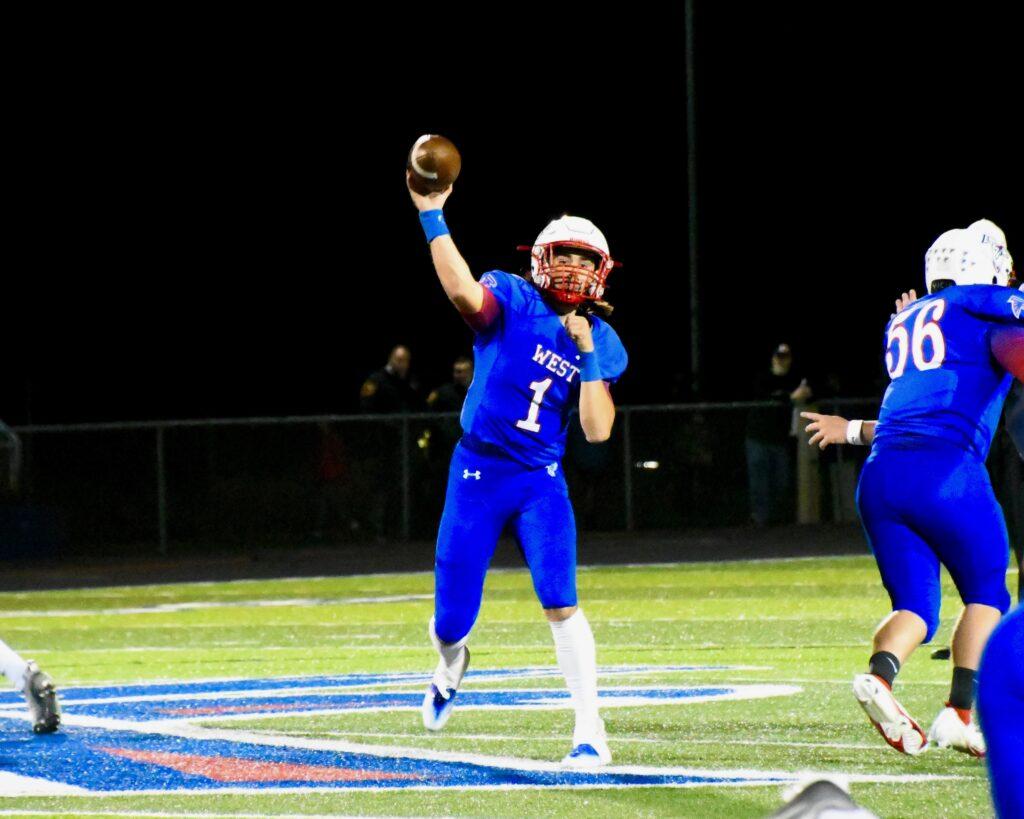Due to the coronavirus pandemic, this school year has been anything but typical. Throughout the course of the year, much that affects students has been a topic of debate between students, teachers, parents, and health professionals. The 2020-21 year began under completely remote learning and then transitioned into Plan B, with some students remaining virtual and others moving to a hybrid model. Currently, Henderson County middle and high schools have been allowing students to come back full time, five days a week, since March 23.
“Several factors played into my decision to vote for grades 6-12 to return to Plan A,” Kathy Revis, school board member, said. “First of all, when looking at the NC DHHS Alert System data, our county has seen a consistent decline in the positivity rate from 7.2% on February 4 to 3.9% on March 4. Secondly, many parents, students, and teachers have reached out to us to describe the negative impact that virtual learning is having on the social-emotional development of our middle and high school students. In addition, our community healthcare partners have collaborated with district leaders to provide vaccines for all the school staff who wanted the vaccine. Lastly, we are able to continue to provide a virtual option for all students whose parents may not feel comfortable allowing their children to return to school. With all this information, I felt it was time to move in the direction of Plan A.”
With students returning to school, many students and staff members are glad to have their pre-pandemic schedules back. School has been anything but normal since March 13, and many students haven’t had a class inside the school building since. For the class of 2021, the move to Plan A means a final glance at a normal senior year before graduation.
“I am extremely excited to be going back to Plan A,” senior Claire Parker said. “I am so happy to have a sense of normalcy for the first time in over a year. I think that the schools do a good job trying to keep everyone safe, and I feel more comfortable returning. I have also gotten my first vaccine, which definitely makes me feel a lot more comfortable.”
While classes at West Henderson have been 50 minutes each, with the school day ending at noon for most, Plan A brings the pre-pandemic schedule back to the table. Students opting for Plan B last semester and this past quarter were only attending two days a week, but now, classes will each be 90 minutes, with everyone who wants to come attending in-person from 8 a.m. to 3 p.m. each day. A significant change to the scheduling is that only about half of the class time will be taken up by instruction, with the rest of class allowing students to do individual work or catch up on missing assignments.
“I’m concerned that if there is a spike in numbers, graduation will be a drive-through ceremony again,” junior Selah Chambers said. “Seniors have expressed that they would rather have a normal graduation. I’m also concerned about missing my dance performances because of having to quarantine because someone in my class had the virus. This could be the last time for a lot of seniors and they might have to sit out because of a positive case in their class.”
Like Chambers, some students and staff are wary of coming back to school full time due to health or learning concerns, but many are excited to have classes as usual. The leniency of schedule this year has been a benefit to many students and teachers alike, giving students more time to catch up on subjects and get time from their teacher if help is needed. With the return of Plan A, in-person students have more time to get help and ask questions in class, as well as the option to log in to their Google Meets from home on days they feel sick or don’t want to come to school.
“I know the school is doing everything they can to keep students and faculty as safe as possible,” Jodie Baker, math teacher, said. “As long as students and faculty maintain social distancing and students wear their masks correctly covering their mouth and nose at all times, that’s the best we can do to protect each other at this point. The one positive to returning to school is that students will be able to get the socialization between classes and before and after school that they have been craving for a year now. The negative is that there will no longer be the extra afternoon help sessions that a lot of students were benefiting from.”
The concerns of parents that have been pushing for in-person learning all year have mostly been regarding their children struggling with virtual learning. Baker says she recognizes that some students may have been struggling with remote learning, but she knows that she is teaching all the material that students need to learn, and at the end of the day, it is on them to be an actual student and do what is expected of them.
“Of course I have reservations and it is extremely difficult to make this decision, but I think at some point, we have to try to come back to school,” Revis said. “I trust our school and district leaders to keep a close eye on the data and make quick decisions when issues arise to protect our students and staff. Students may have struggled with virtual instruction for a variety of reasons, but with face-to-face instruction, teachers are able to quickly assess when students are struggling or disengaged and can offer immediate support, encouragement, and assistance. I strongly believe that for most students, face-to-face instruction is the best learning modality.”
On the return to school on March 23, many students were bright-eyed and excited to have their first normal school day in a year. The hallways and classrooms were packed with students rushing to their next class, conversing with friends, and reuniting with their teachers. For many teachers, the first day back was filled with learning the names of students whom they had never met or seen on camera before. All in all, teachers attempted to space students out as much as possible, whether it be by skipping every other desk or spreading desks throughout the room.
“It has been hard to get used to the old schedule. Class for an hour and a half is exhausting,” senior Margaret-Ann Littauer said.
Some students saw the abrupt move to full-time school as overwhelming simply because of the number of other students and longer classes. For others, the return was a refreshing glimpse at normalcy, with health precautions, lunches, and the loss smart period being the only real differences from pre-pandemic West Henderson High.
“I was a little worried at first about how everything would flow, but I feel better now that we did it,” sophomore Katelyn Barron said.
By: Allison Caskey, Feature Editor

